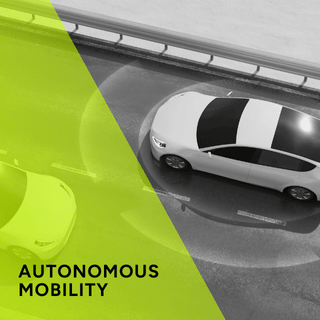Self-driving cars were once confined to the realm of science fiction, but today, they are on the verge of becoming a mainstream reality. The journey from early automation to fully autonomous vehicles (AVs) has been marked by remarkable breakthroughs, persistent challenges and a vision for a future where human drivers may become obsolete. While advocates praise the innovation as a revolution in transportation, sceptics warn of ethical, technological and infrastructural hurdles that could stall its progress. The evolution of autonomous driving technology presents a compelling argument for both optimism and caution as society prepares for the next leap forward.
The Breakthroughs That Made AVs Possible
The development of self-driving technology has relied on advancements in artificial intelligence, sensor systems and machine learning. Key breakthroughs include:
1. Early Automation – The concept of autonomous driving dates back to the 1920s when basic automated driving functions were envisioned. However, true progress began with cruise control, introduced in the 1950s, which paved the way for further automation.
2. DARPA Grand Challenge (2004 & 2005) – The Defence Advanced Research Projects Agency (DARPA) held competitions for autonomous vehicles, which pushed AI researchers to refine robotic driving systems and proved that AVs could navigate complex terrain.
3. Google’s Self-Driving Project (2010) – Google ignited widespread interest in AVs by launching its self-driving car initiative (now Waymo). Their success demonstrated the viability of autonomous vehicles in real-world settings.
4. Tesla’s Autopilot (2015-Present) – Tesla introduced an advanced driver-assistance system, proving that partial autonomy could be integrated into commercially available cars.
5. AI-Powered Decision-Making – Modern AVs use deep learning to process real-time road conditions, predict traffic behaviour and make rapid driving decisions with increasing accuracy.
These milestones have brought autonomous vehicles closer to widespread adoption, but challenges remain.
The Challenges That Could Stall AV Progress
Despite technological leaps, the widespread implementation of AVs is fraught with difficulties:
1. Safety and Liability Issues – Autonomous cars have faced accidents, raising concerns about accountability. Who is at fault when a self-driving car malfunctions – the manufacturer, the software developer, or the passenger?
2. Ethical Dilemmas – AVs must make split-second decisions, but how should they be programmed to respond in life-threatening scenarios? Should a self-driving car prioritize the lives of passengers over pedestrians?
3. Cybersecurity Threats – AVs are vulnerable to hacking. If hackers gain control of a fleet of self-driving cars, they could wreak havoc on traffic systems and compromise public safety.
4. Infrastructure Limitations – Roads, signage and traffic systems are designed for human drivers. Governments must invest in smart infrastructure to accommodate autonomous technology.
5. Public Trust and Adoption – People still hesitate to trust fully autonomous vehicles. Overcoming scepticism will be critical for mass adoption.
The Road Ahead: A Balanced Outlook
The future of autonomous driving is promising, but responsible implementation must be prioritized. Governments, manufacturers and AI researchers must collaborate to create regulatory frameworks that ensure safety while encouraging innovation. While AVs have the potential to reduce accidents, optimize transportation efficiency, and transform industries, they must be introduced carefully to avoid unintended consequences.
As technology continues to advance, the debate surrounding self-driving cars will persist. Are AVs the future of transportation, or are they an overhyped risk to society? Only time will tell.







